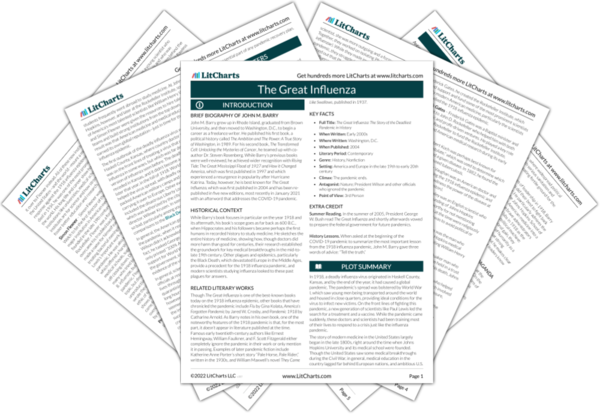While Pfeiffer’s bacillus was a major breakthrough, in many ways his discovery actually stifled research that came after it, since it encouraged future researchers to investigate possibilities that ultimately weren’t productive. While the scientific community was not as rigid in suppressing dissent as George Creel was, the conditions during the pandemic nevertheless encouraged narrow-minded thinking that delayed progress.
